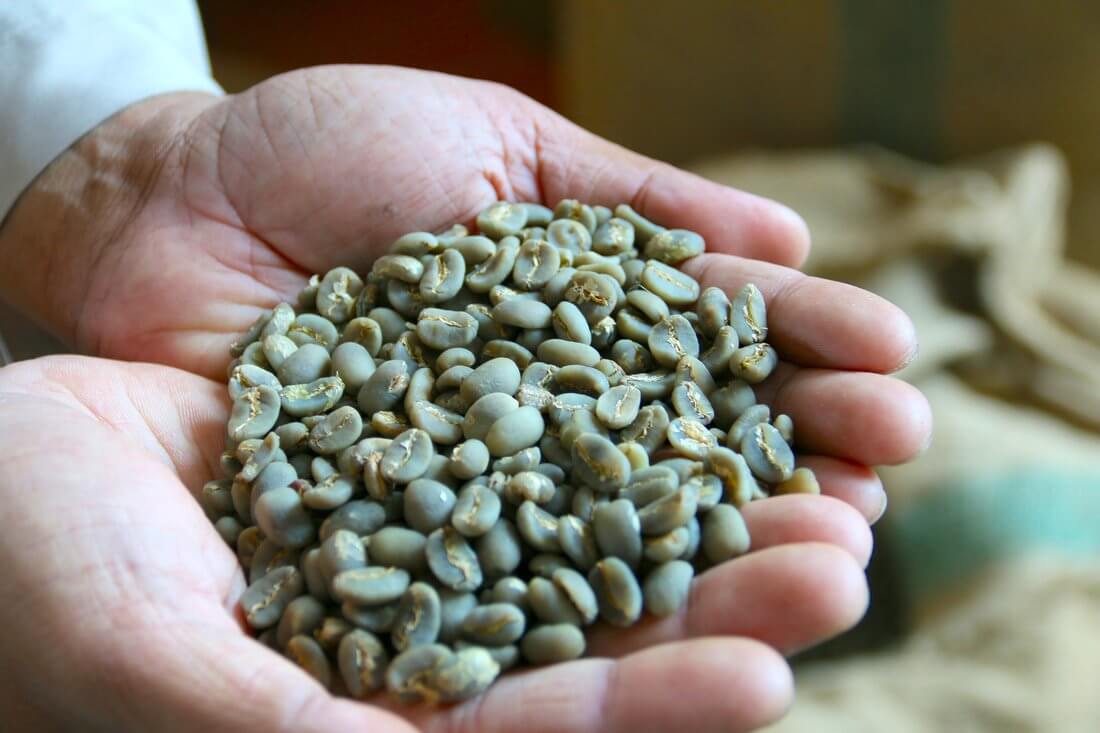Using Sumatran Coffee Beans
Ahead of our Origin Trip to Sumatra at the end of November, we take a look at the unique characteristics of Indonesian Coffee and why we choose to use it in a number of our blends.
Coffee trees were originally brought to Indonesia in the early 19th century by the Dutch who sought to break the world-wide Arabic monopoly on the cultivation of coffee. A lot of the islands off Indonesia were formed by volcanoes, therefore their mountainous terrain and rich soil made them ideal for growing coffee. So much so that within a few years, Indonesian coffee dominated the world’s coffee market.
Sumatra, located in the Sunda Islands, is the largest producer of Indonesian coffee. In ancient times the country was known as the “Land of Gold” or the “Island of Gold” due to the gold deposits that could be found in the highlands – the same place that Sumatra’s arabica coffee is grown.
At Java Republic we have been using Sumatran coffee beans in our blends since the very beginning. Today, some of our most popular coffees feature beans from Sumatra – including Munkey, Mezzo, Cactus and Cabo Verde. Indonesia’s arabica coffee typically has low acidity and a strong body and Sumatran coffee in particular is quite complex. This is due to the unique wet-hulling process that they use called “Giling Basah”. The coffee tends to have a smooth, sweet body and is balanced and intense. Due to the wet-hulling, it has low acidity, which makes it perfect for blending with other coffees of a higher acidity.
Giling Basah
It might be easy to confuse Giling Basah (wet-hulling) with the wet-processing method that is used most widely throughout the world when it comes to high quality speciality coffee. However the two techniques could not be further apart. In the Giling Basah method, the outer skin of the coffee cherries is removed mechanically with pulping machines. The beans (which are still in their parchment) are then stored for up to a day and afterwards their mucilage is washed off and the coffee partially dried, retaining only 30% to 35% of the moisture content. In other methods, the parchment coffee would be dried slowly and the moisture content reduced to about 11% before being sold, however in Indonesia they are working against the clock of their changeable climate. This is why they don’t wait for the coffee bean to dry further – with the levels of rain that they experience in the country, this would take too long.
Flavour Profile
The wet-hulling process creates some unique characteristics in terms of flavour. Typical flavours that you would find include earthy, spicy, mossy and mushroom-like notes. While not to everyone’s liking, for some they represent a welcome change from the more commonly found higher acidity coffees. In particular, they are great for blending with beans from other parts of the world, adding a perfect balance and creating distinguished flavours. Often the beans will also take on a blueish-green appearance.
By going back to origin, we hope to increase our customers knowledge and appreciation of Sumatran coffee beans and why we use them. Stay tuned for live updates on the trip and in the meantime you can learn more about the flavours of our coffee blends here.



